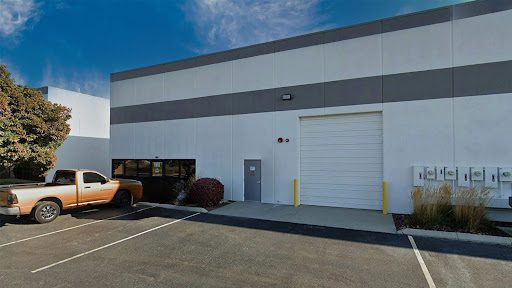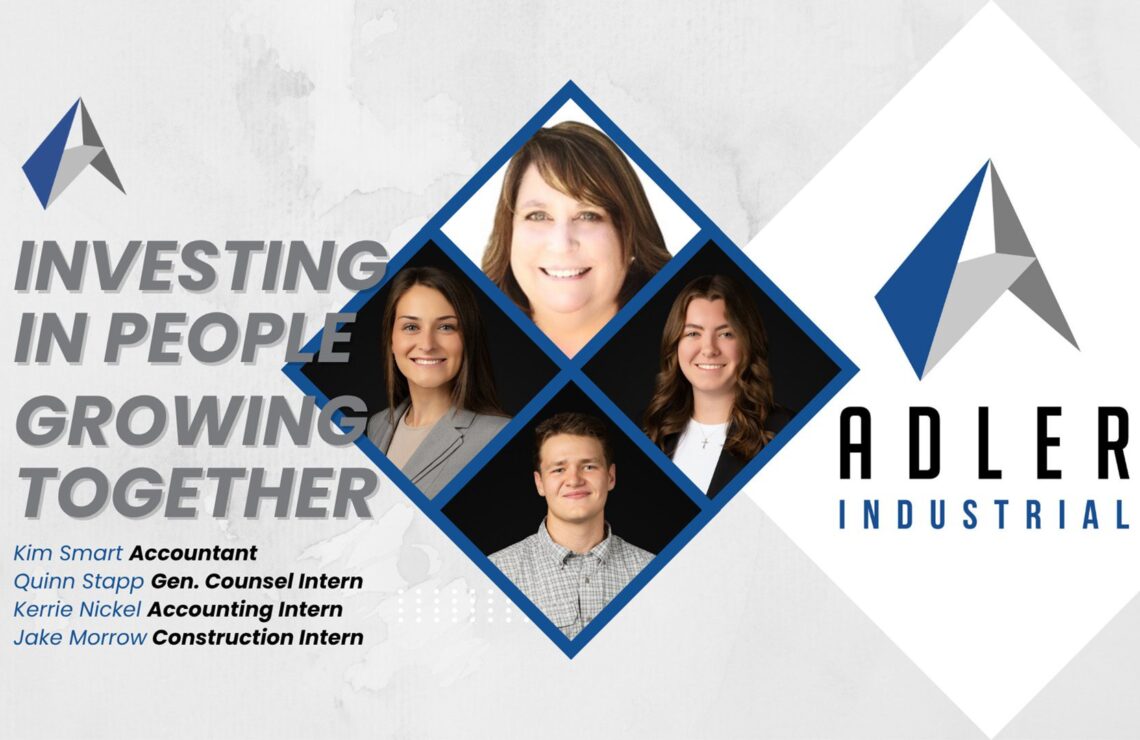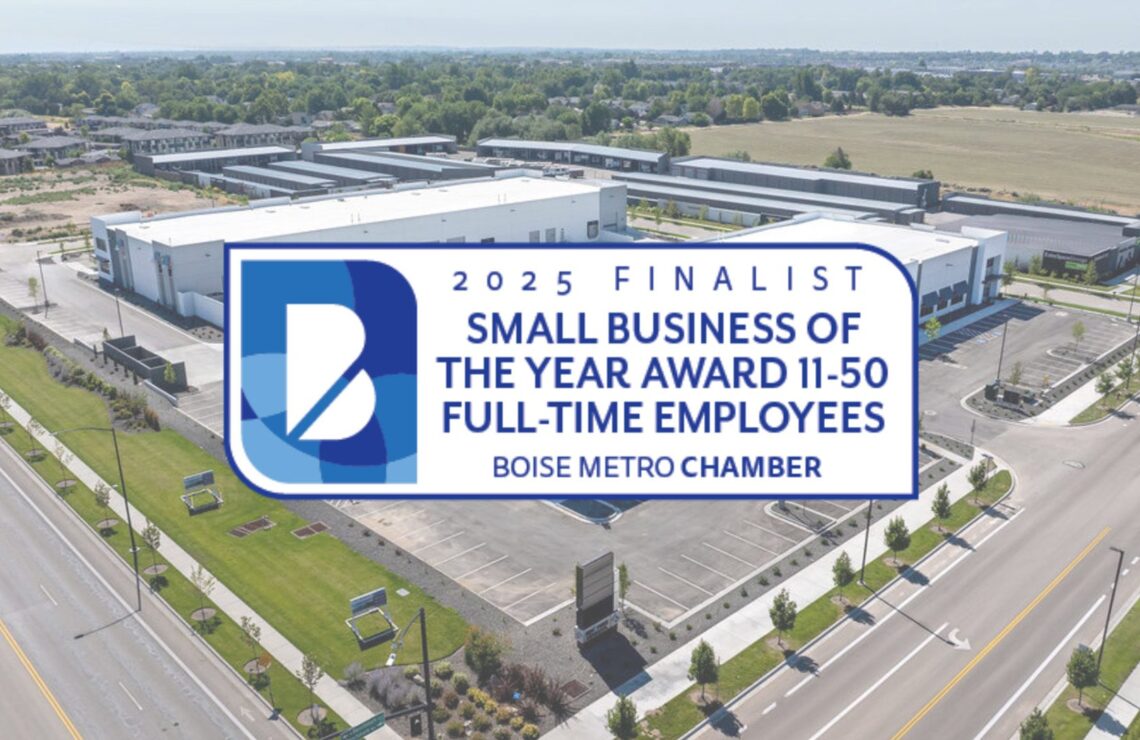Imagine a warehouse designed specifically for your business. Every dock and every square foot meets your needs perfectly. That’s the strength of built-to-suit.
In today’s competitive market, being efficient and flexible is crucial. Businesses can’t afford to work in spaces that only partially meet their needs. Instead, they are turning to options that provide control, customization, and confidence in their future growth. That’s where a built-to-suit warehouse helps you succeed.
Rather than adapting your business to an existing space, this model lets you shape a facility around how you operate, your people, and your future. For companies that value reliability and performance, this approach is one of the smartest options in real estate.
What “Built to Suit” Really Means?
At its core, a built-to-suit warehouse is designed and built specifically for one tenant’s needs. It isn’t a generic building with standard layouts; it’s a customized solution.
- Customization: From ceiling heights to dock placements, everything is chosen based on your business operations.
- Long-Term Leases: These projects often involve commitments of 10 to 20 years, ensuring stability for both the tenant and the developer.
- Partnership Model: Developers and tenants collaborate closely to ensure the final facility meets operational and financial goals.
When we tell clients how a built-to-suit warehouse supports long-term growth, we stress that it isn’t just about real estate, it’s about matching infrastructure with business strategy.
Advantages of Built-to-Suit Warehouses
More companies are choosing this model for good reasons. A built-to-suit approach offers real, long-term benefits.
Complete Customization
Logistics and manufacturing need tailored solutions. With a built-to-suit, everything is customized:
- Layouts that improve workflows.
- Dock designs that fit shipping needs.
- Office spaces are included in the warehouse to promote smooth operations.
This level of detail avoids the compromises involved in retrofitting existing buildings.
Long-Term Cost Savings
While upfront costs can be higher, the savings accumulate over time. By preventing inefficient layouts or constant retrofitting, you decrease wasted space, energy use, and maintenance costs. The numbers tell a compelling story over the lease’s duration.
Improved Employee Satisfaction
Warehouses are not just storage spaces, they’re workplaces. A modern, practical facility promotes safety, comfort, and productivity. Features like natural light, efficient heating and cooling, and ergonomic designs create a better atmosphere for workers, leading to improved retention and morale.
Overall, it’s clear that a built-to-suit warehouse benefits not just operations but also the people who drive the business.
Key Considerations Before Committing
Built-to-suit projects can be transformative, but they also involve responsibilities. Businesses should consider a few important factors to make the most of the opportunity.
- Lease Length: These warehouses are long-term commitments. While this brings stability, it requires planning for future growth. Ask yourself:
Will this space still suit my business in 10 or 15 years?
Can the design allow for expansion if necessary?
- Choosing the Right Developer: Not all developers are equal. A reliable partner with experience in industrial projects significantly impacts the outcome. Look for a team that listens and collaborates to deliver facilities that will last.
- Upfront Costs vs. Longevity: A built-to-suit requires more investment at the start, whether in time, planning, or money. But the true value lies in decades of efficiency, reliability, and lower operating expenses.
These considerations make sure that when you decide to pursue this model, you feel confident that your long-term warehouse support aligns with your business strategy.
- Industries That Benefit Most: Any company can benefit, but some industries gain particular advantages from built-to-suit solutions.
- Distribution Centers: Logistics and supply chain businesses need speed and precision. Custom loading docks, optimized racking space, and advanced tracking systems are easier to implement in a tailored facility.
- Manufacturing Facilities: Specialized equipment often requires unique layouts, stronger flooring, or customized utilities. Built-to-suit ensures the building fits the machinery, not the other way around.
Tech and E-Commerce Companies
Rapidly growing companies in e-commerce or tech need scalability. They require warehouses that can adjust to changing inventory levels, integrate automation, and support advanced technology infrastructure.
These examples show how a built-to-suit warehouse addresses the specific needs of various industries while laying the groundwork for growth.
Real-World Benefits in Practice
Let’s look at some real-world examples:
- Regional Distributor: A company distributing goods across multiple states partnered with a developer to create a 200,000 sq. ft. facility with cross-docking, automated sorting, and energy-efficient lighting. The result was faster fulfillment, lower energy costs, and a happier workforce.
- Food Manufacturer: With strict safety requirements, a food production company built a warehouse containing climate-controlled zones, easy-to-clean surfaces, and an efficient layout for handling raw materials. This customized facility helped them maintain safety standards while improving output.
- E-Commerce Giant: A growing online retailer needed adaptability. Their built-to-suit facility included flexible racking, robotics-ready infrastructure, and integration with logistics partners. It allowed them to meet rising demand without relocating operations every few years.
These cases highlight how customized long-term warehouse support creates efficiencies that impact every part of the business.
The Long-Term Payoff
The real value of built-to-suit shows through over time. The benefits increase:
- Stability: Long-term leases provide predictable real estate costs.
- Efficiency: Operational savings build up year after year.
- Growth: Facilities designed to scale adapt to shifting business needs.
This is why we stress that a built-to-suit warehouse supports not only current needs but also positions businesses for future success.
Final Encouragement
In a world where flexibility and efficiency are key, a facility designed specifically for your business is more than just helpful, it’s a competitive edge. By aligning your warehouse with your operations, your workforce, and your growth plans, you create an environment that benefits you for decades.
If you’re thinking about how a built-to-suit warehouse supports your long-term goals, now is the time to act. At Adler Industrial, we help businesses plan, design, and secure spaces that are not just buildings; they’re foundations for success.
With the right strategy and the right partner, your warehouse can do more than store products. It can be the base for your long-term growth.




